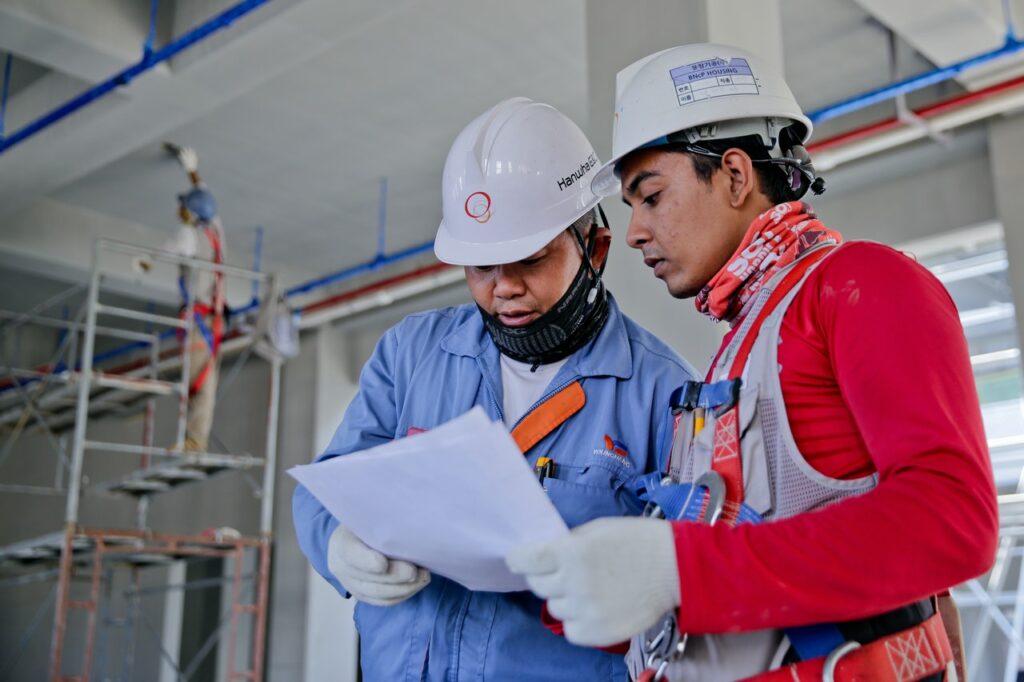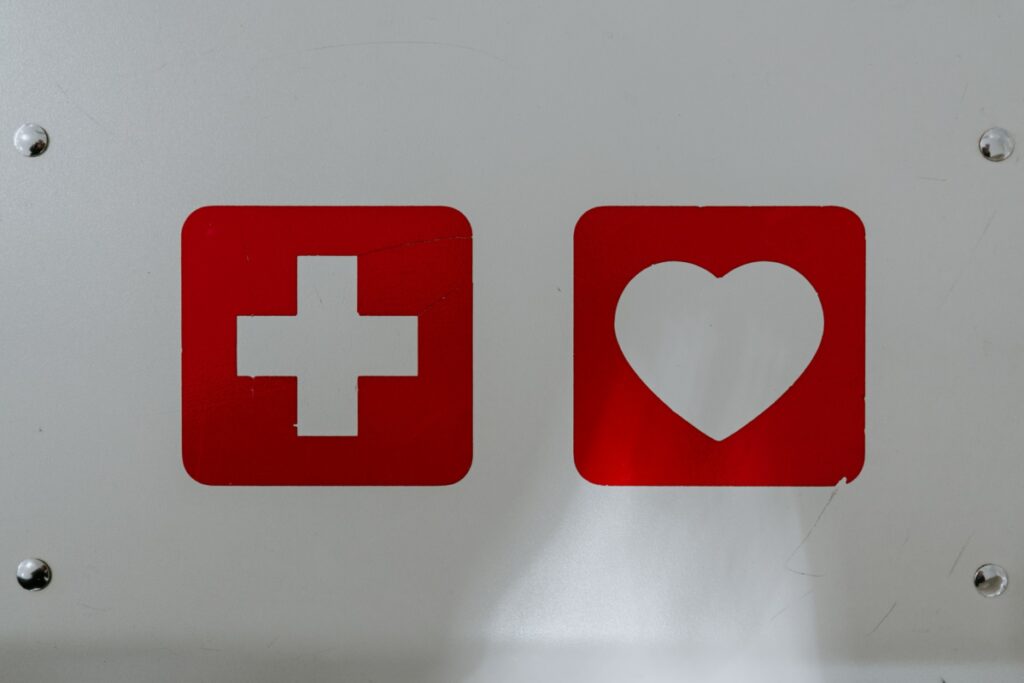Factory safety is of utmost importance to business owners, workers, and their families. Every year, there are far too many accidents in factories – most of which could have been prevented with the proper security and safety measures in place.
In this blog post, we will discuss five security and safety measures that all factory owners should implement to keep their employees safe.
Proper Training
One of the most important safety measures for factory workers is proper training. All too often, accidents happen because employees are not properly trained on how to use machinery or handle hazardous materials. Factory owners must ensure that all workers receive comprehensive training on safety procedures before they begin their job.
In addition to initial training, regular refresher courses should be offered to keep employees up-to-date on best practices. These courses can be mandatory or voluntary, but it is important that workers have the opportunity to brush up on their safety knowledge on a regular basis.
Safety Gear

Another crucial safety measure is providing workers with the proper safety gear. This includes items like hard hats, gloves, earplugs, and goggles. In some cases, workers may also need to wear special clothing or respirators. It is the responsibility of the factory owner to ensure that all employees have the right gear for their job.
Safety gear is only effective if it is used properly, so factory owners must also provide training on how to use and care for safety equipment. Employees should be instructed on when to wear certain items and how to clean them after use. If a worker does not have the proper safety gear, they should not be allowed to work until they do.
Safety Signs and Signals
Clear and visible safety signs are essential in any factory. These signs should be posted in strategic locations throughout the facility so that workers can easily see them. The signs should be legible and easy to understand, with pictograms or symbols whenever possible.
In addition to safety signs, factories should also have a system of visual signals that can be used to indicate when a machine is in use or when hazardous materials are present. These signals could include red lights, warning sirens, or flags. All workers should be familiar with the meaning of these signals so that they can take appropriate action when they see them.
Locks, Gates, and Barriers
Locks, gates, and barriers can be used to physically separate workers from dangerous areas of the factory. These measures should be used in addition to safety signs and signals, not instead of them. For example, a machine that is in use could be surrounded by a barrier with a sign that says “Do Not Enter.”
If there is no barrier, workers might mistakenly think it is safe to enter the area. Locks and gates can also be used to control access to certain areas of the factory. For example, only authorized personnel should have keys to the hazardous materials storage area. This will help to prevent accidents caused by unauthorized people entering these areas.
You should also put specialized locks on machines themselves that can only be opened with the proper key or code. This will help to prevent the unauthorized use of dangerous equipment. You can buy these types of locks at Total Lockout USA. Factory owners should also consider installing security cameras in strategic locations. These cameras can be used to monitor activity in the factory and to deter crime.
First Aid

All factories should have a designated first aid area where injured workers can be treated. This area should be well-stocked with supplies like bandages, gauze, and antiseptic wipes. A list of emergency contacts should also be posted in the first aid area so that workers know who to call for help. In addition to a designated first aid area, all factory workers should be trained in basic first aid and CPR.
This training will allow them to provide assistance to injured coworkers until professional help arrives. Factory owners should also consider investing in automated external defibrillators (AEDs). These devices can be used to treat cardiac emergencies, which can often be fatal if not treated immediately. AEDs are relatively simple to use and could save the life of a coworker in the event of a cardiac emergency.
While no factory is completely free from accidents or emergencies, taking these precautions can help to reduce the risk of injuries and fatalities. By implementing these measures, factory owners can create a safer working environment for their employees.
